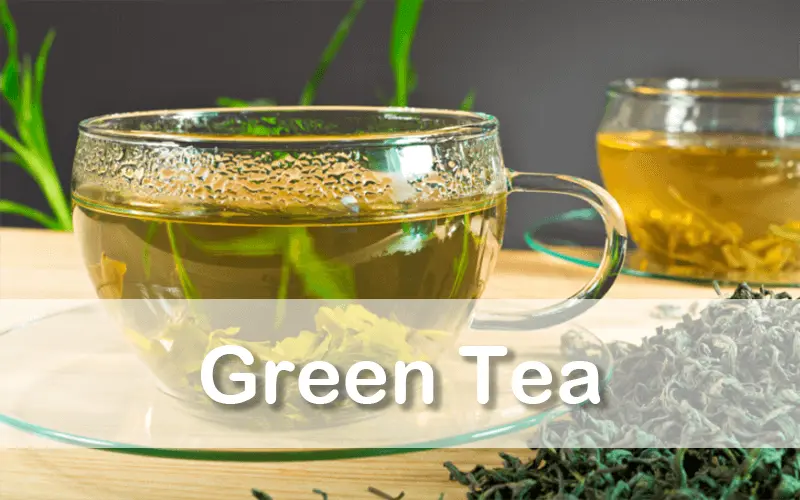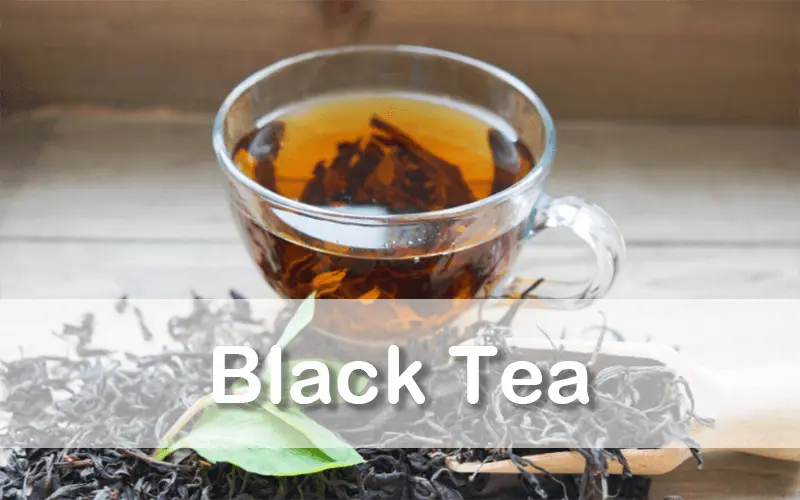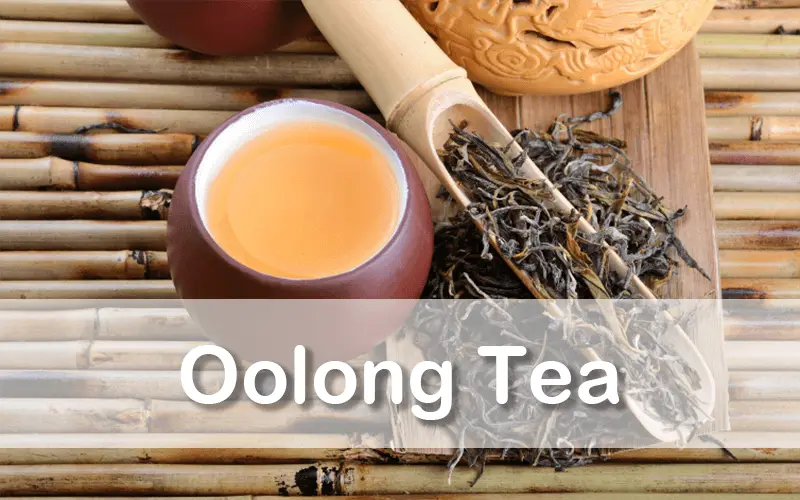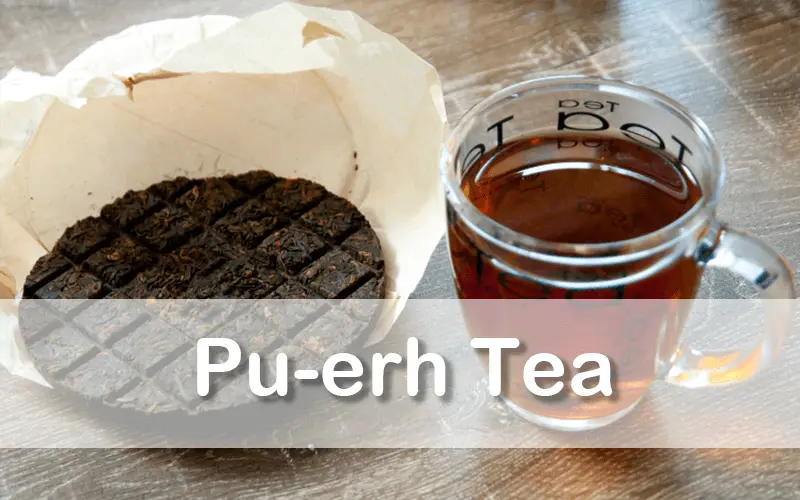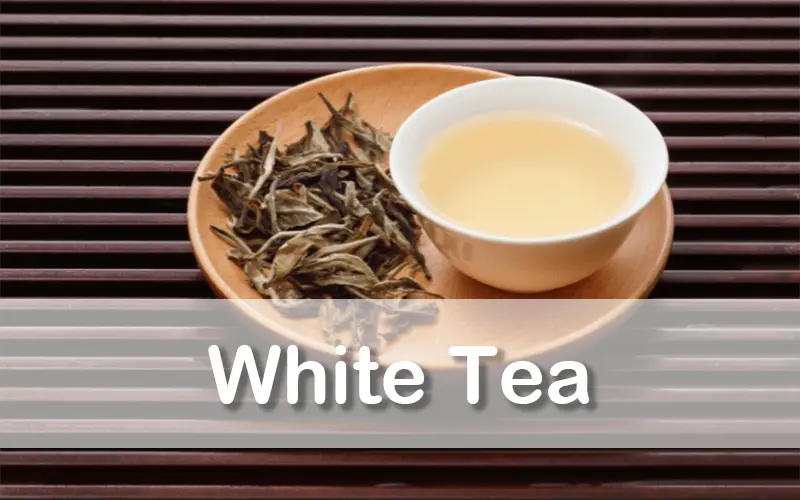
a cup of longjing tea and tea leaves
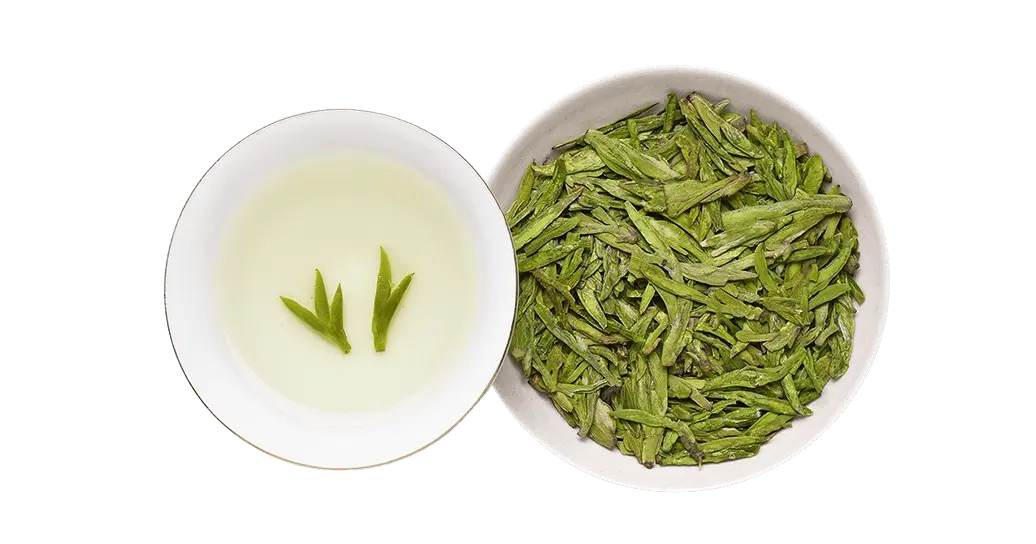
top grade longjing
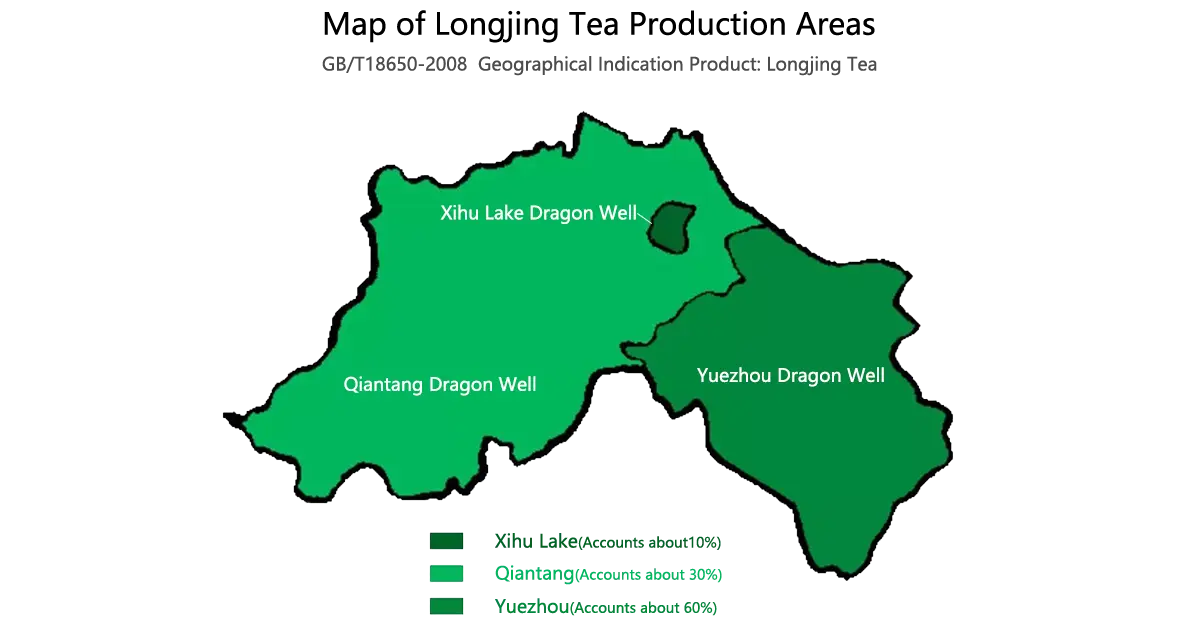
map of longjing tea production area
Dragon Well Tea Origin

farmars are picking longjing tea in the tea mountain
Dragon Well Tea History: Ancient
Originated in the Tang Dynasty
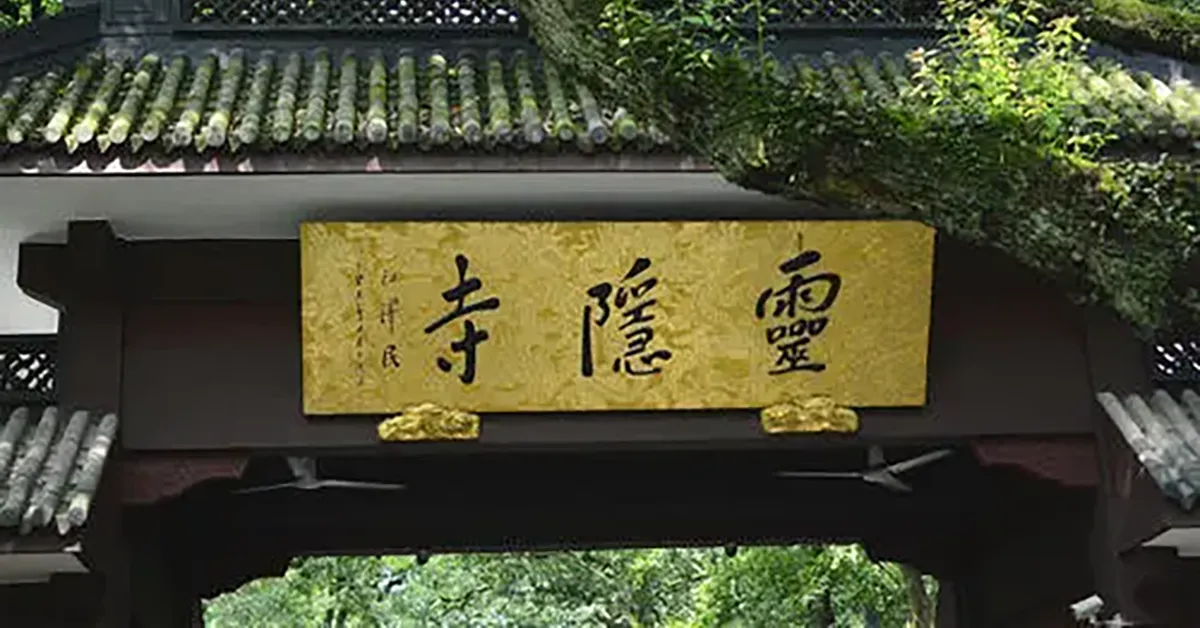
Lingyin Temple
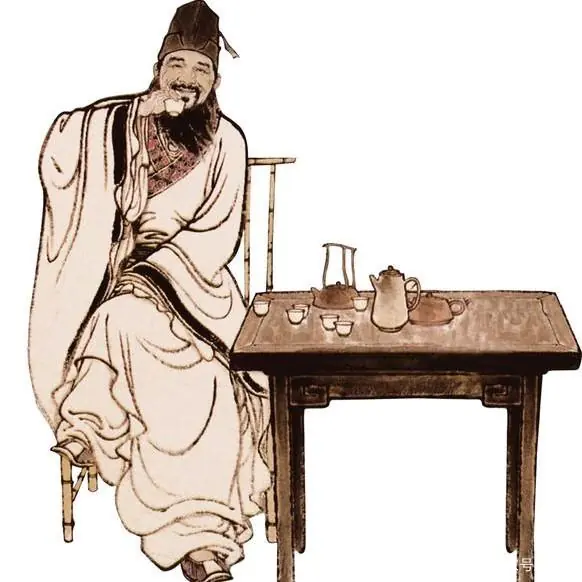
Sushi is tasting longjing tea
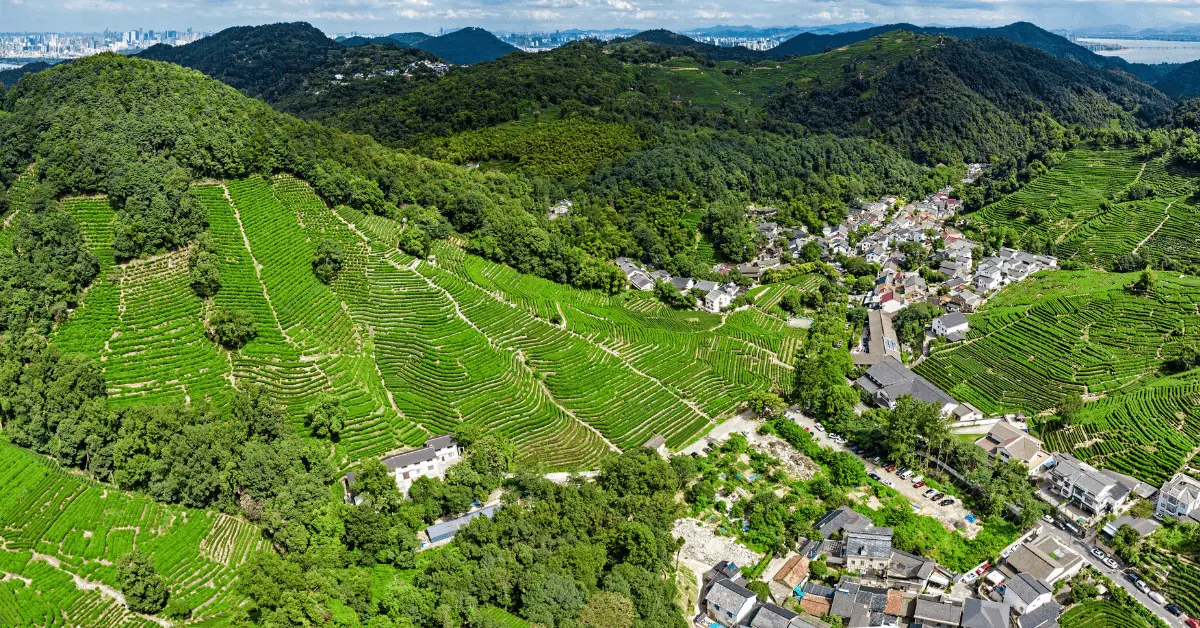
a village in the dragon well tea mountains
Named "Longjing" after the Song Dynasty
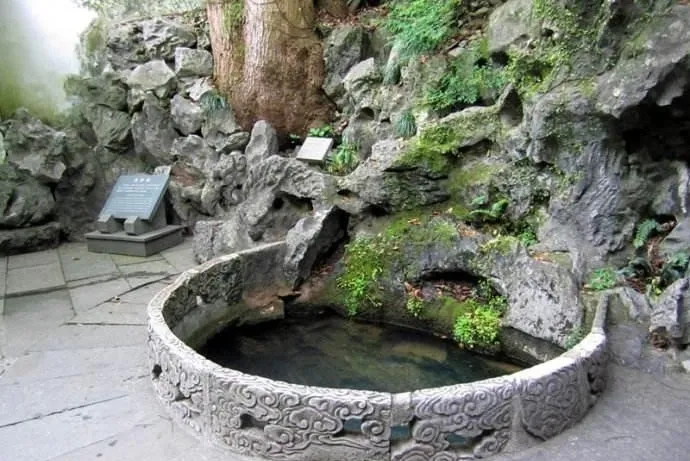
old longjing spring
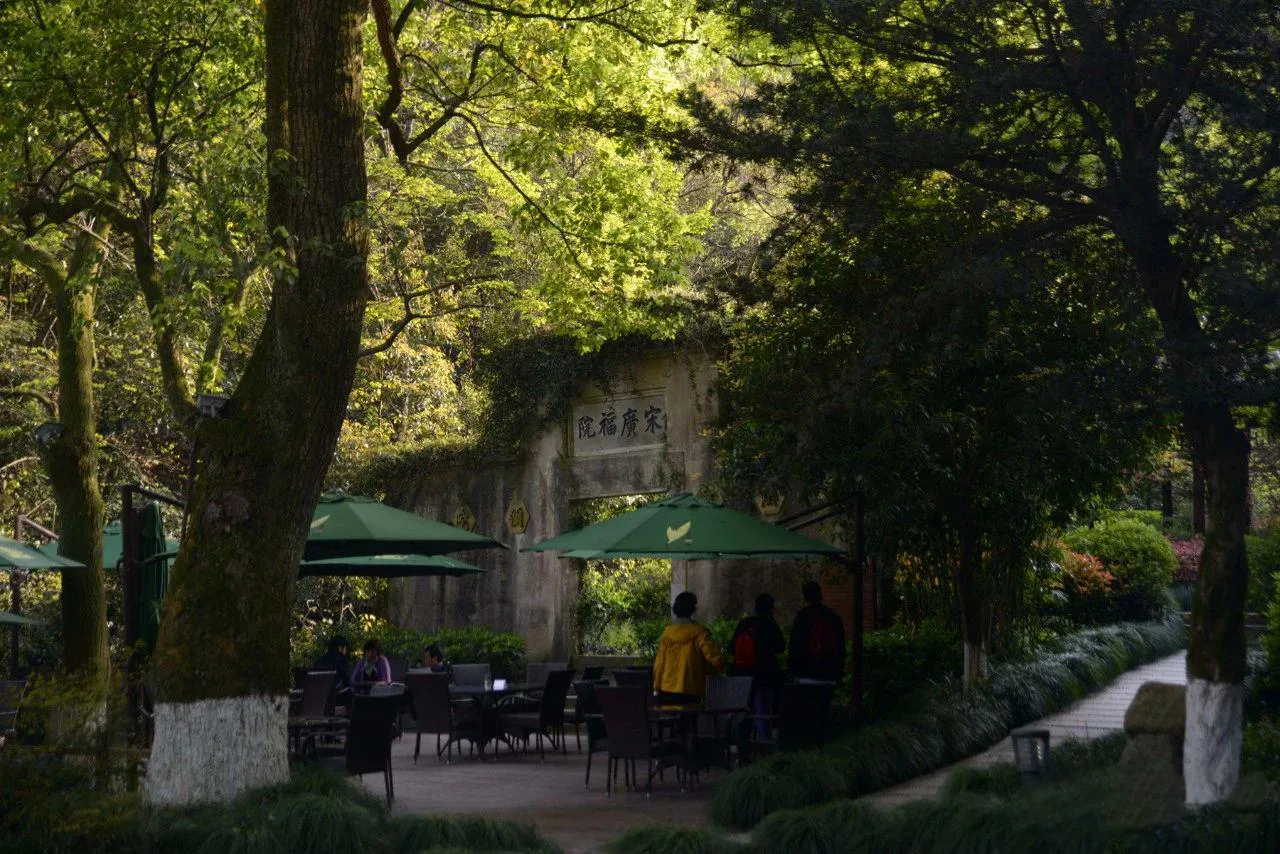
Ruins of Song Guang fu yuan
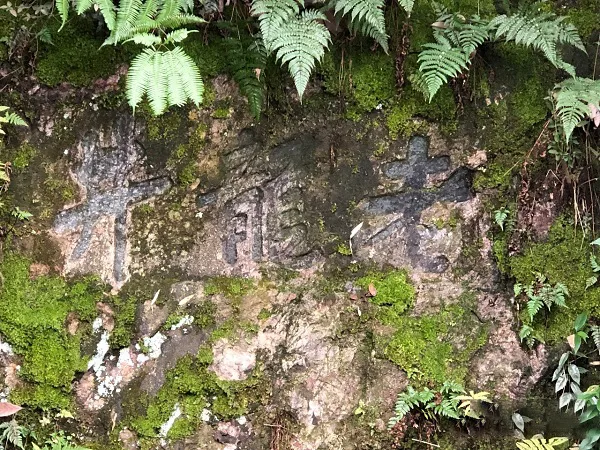
old longjing writen by Sushi(老龍井)

picking dragon well tea in a tea plantation
Yuan Dynasty
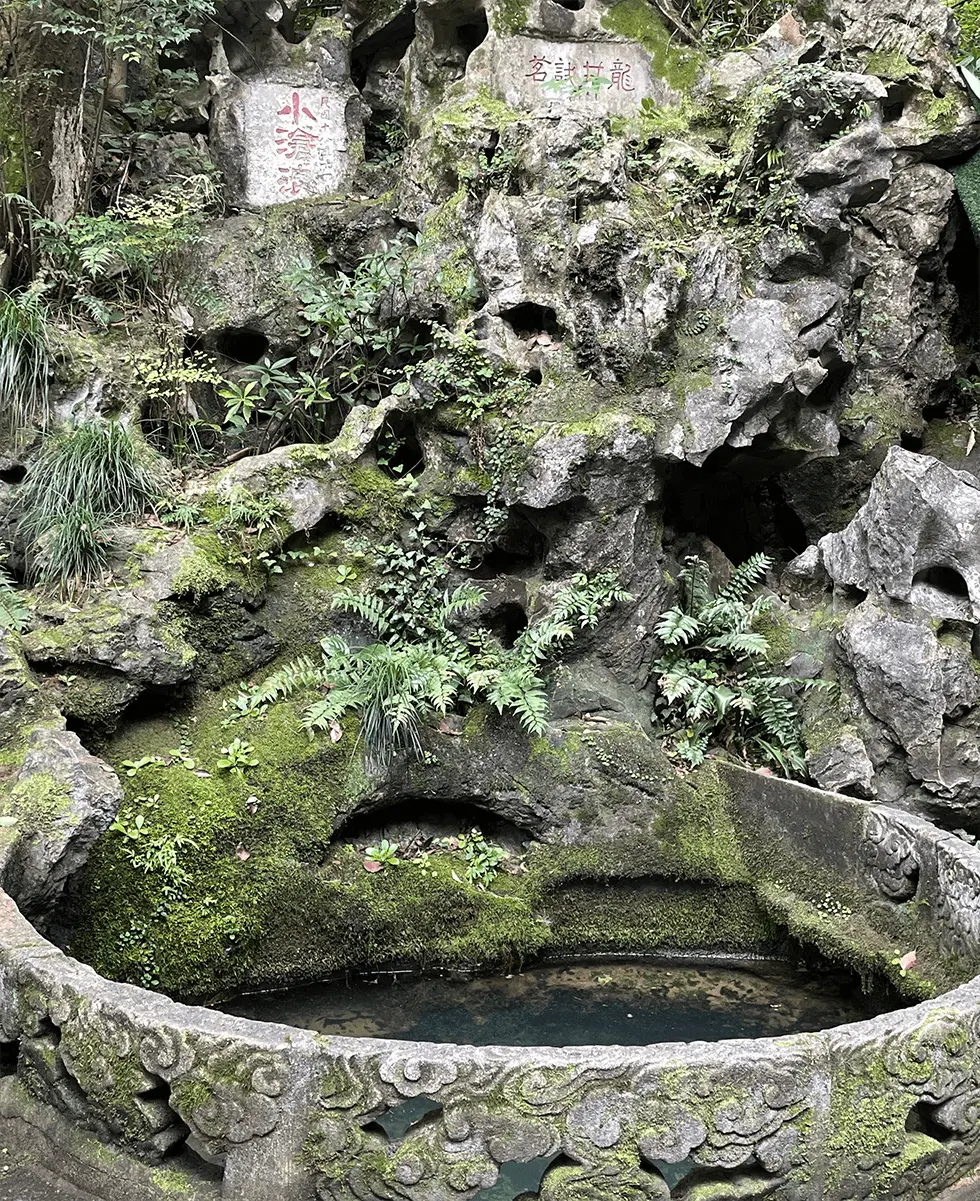
longjing spring

dragon well tea cake
Famous in the Ming Dynasty
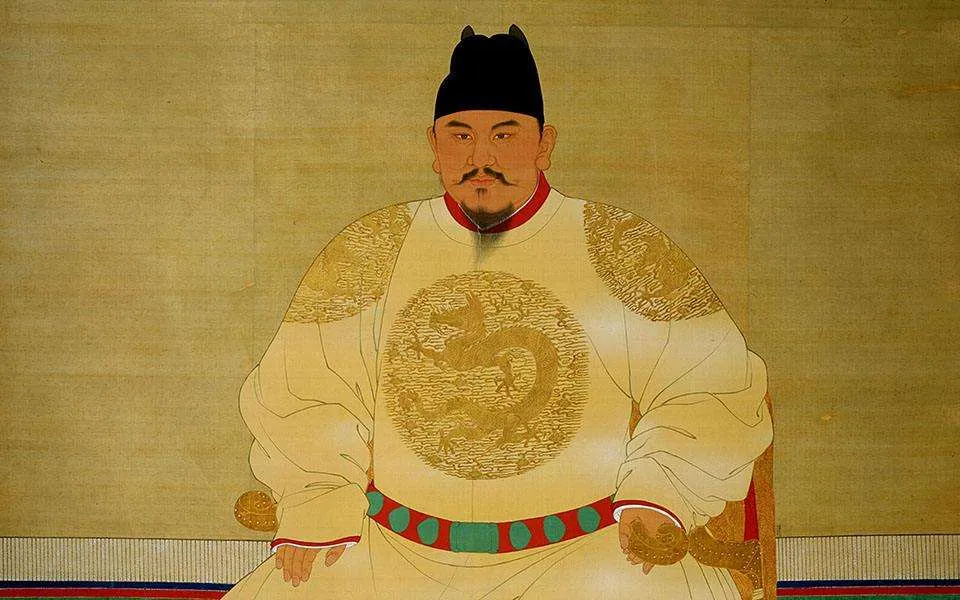
Emperor Zhu Yuanzhang
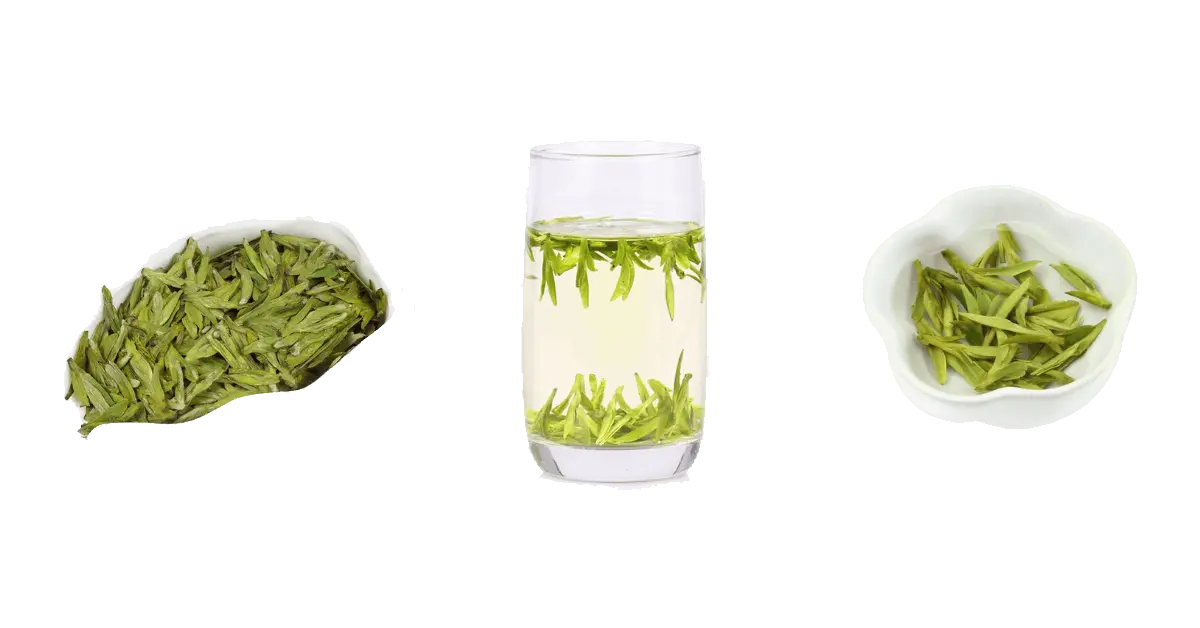
grade 1 longjing tea
Thrived in the Qing Dynasty
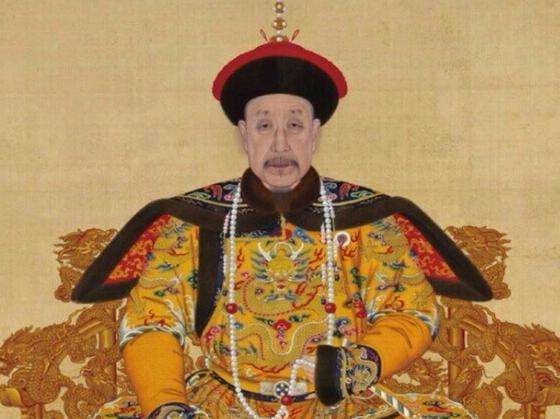
Emperor Qian Long
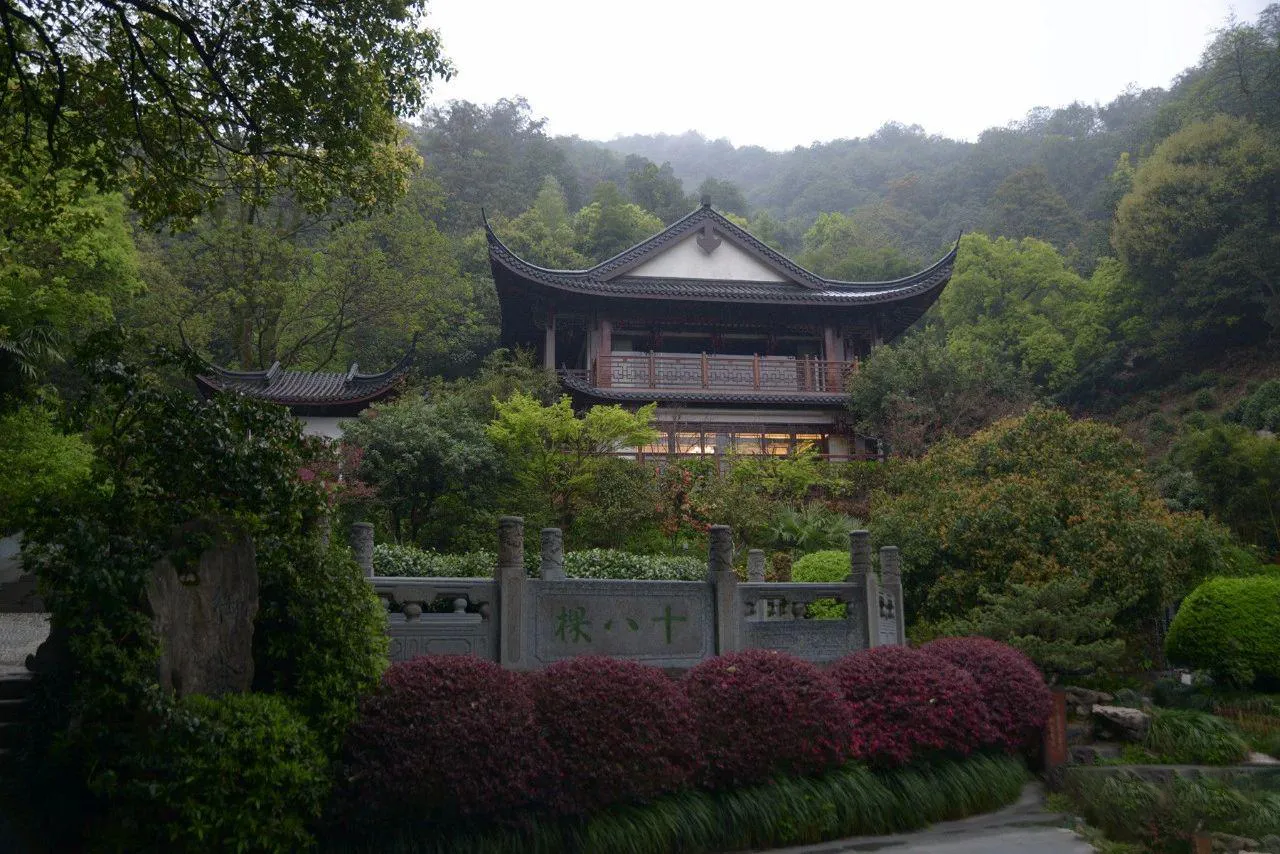
Imperial Tea Garden
History of Longjing Tea: Recent Modern
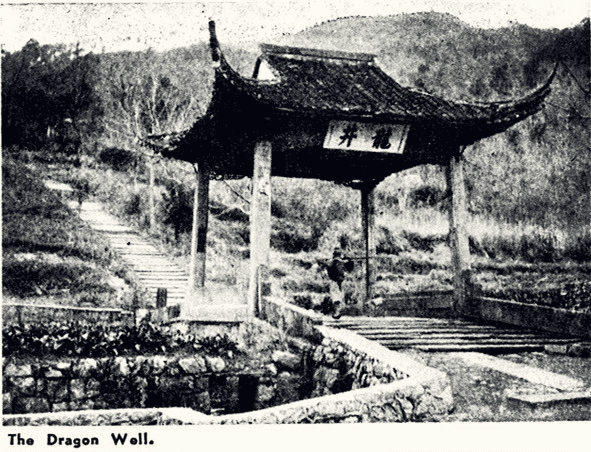
Long jing Town
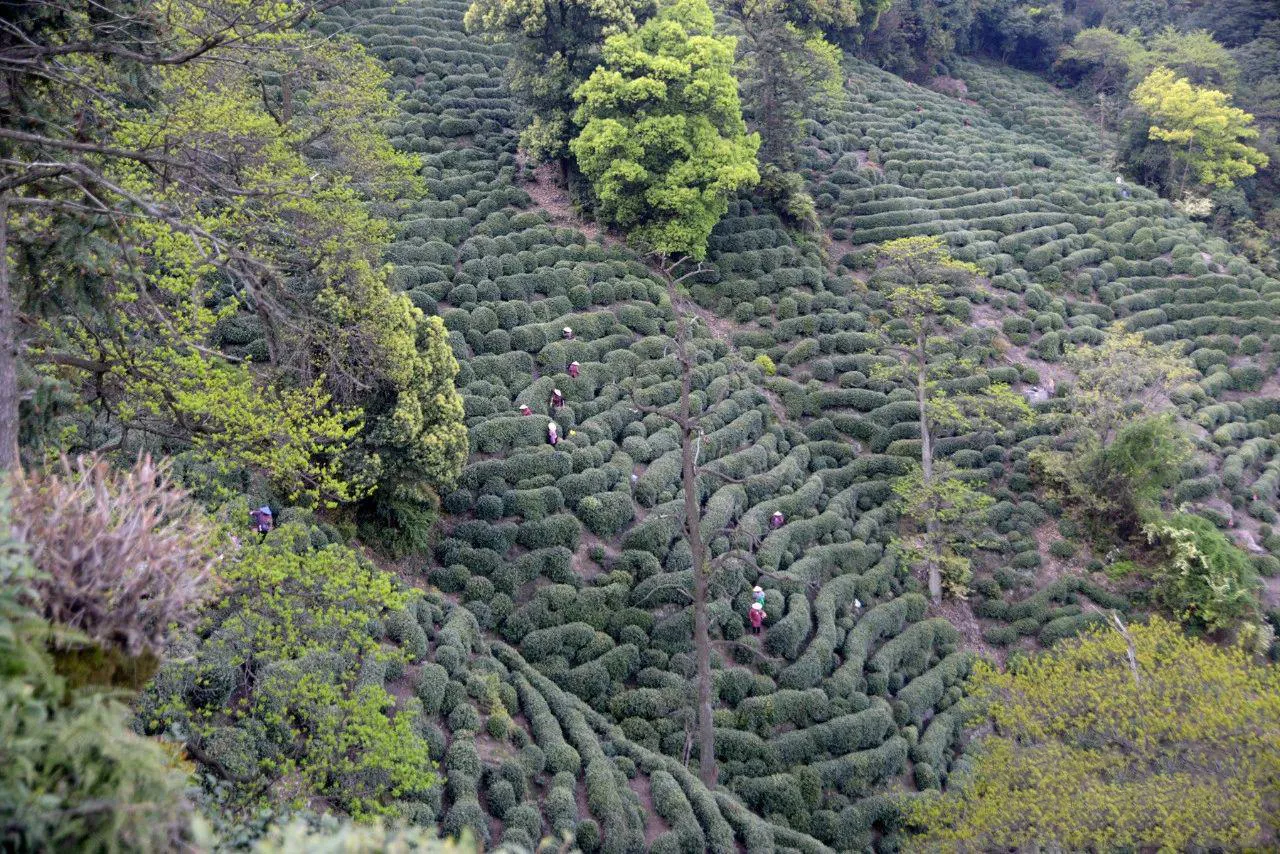
Shifengshan Tea Plantation has a favorable geographical and ecological environment
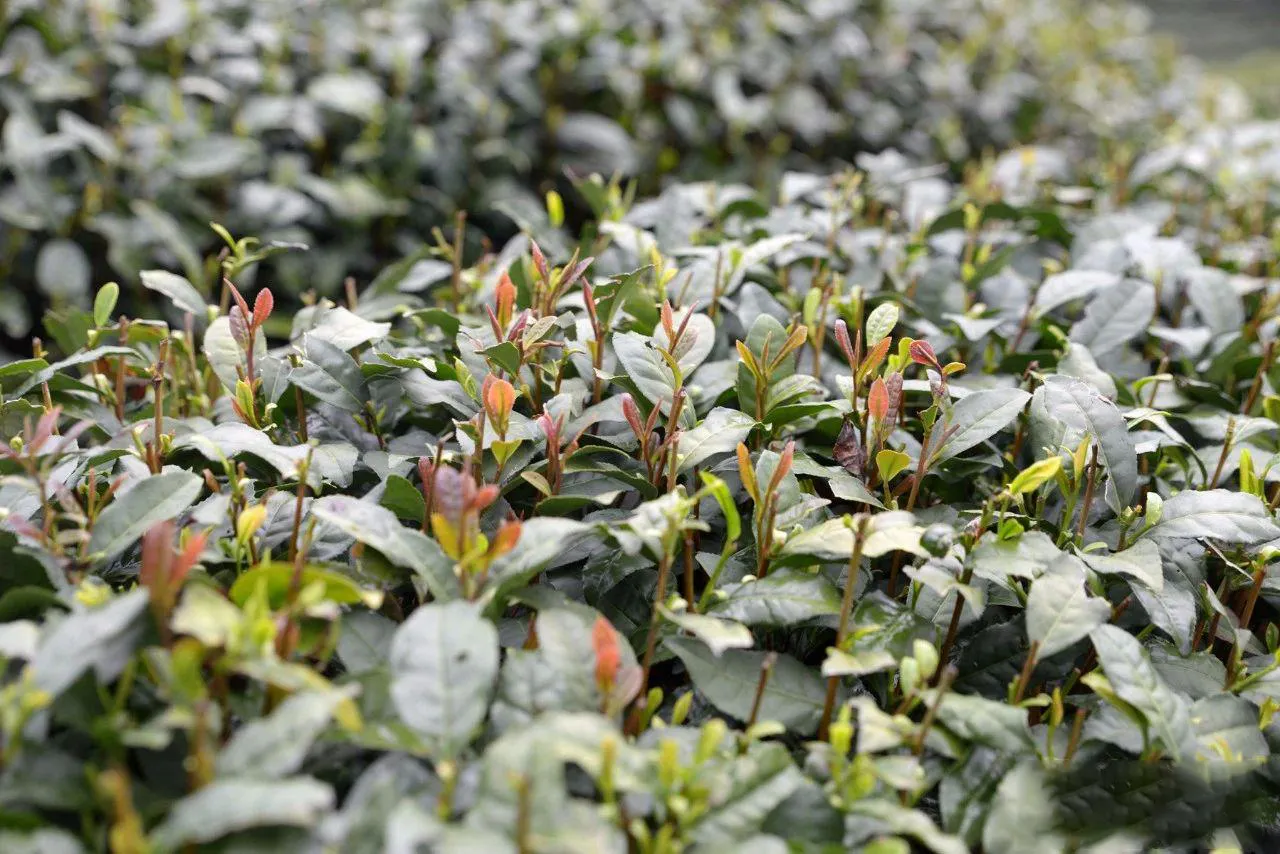
Shifeng Longjing tea from group cultivars
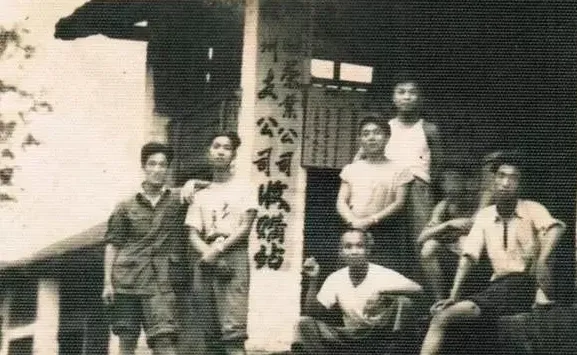
Longjing tea sale and marketing institutions

Supply and Marketing Cooperative
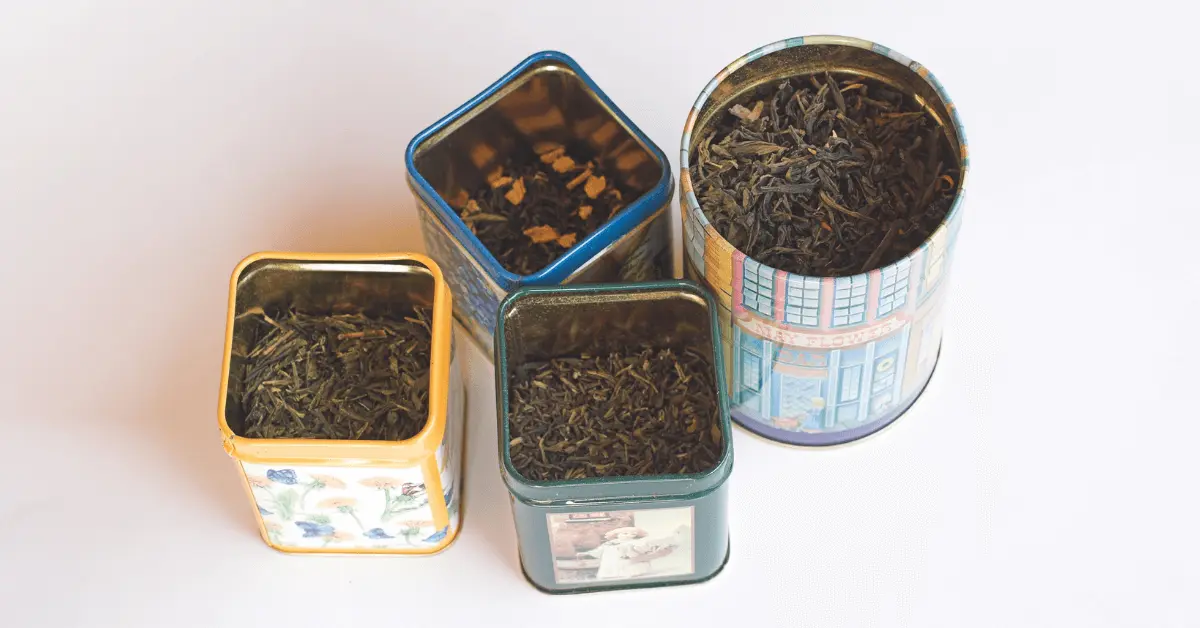
4 tins of tea
The Modern History of Longjing Tea
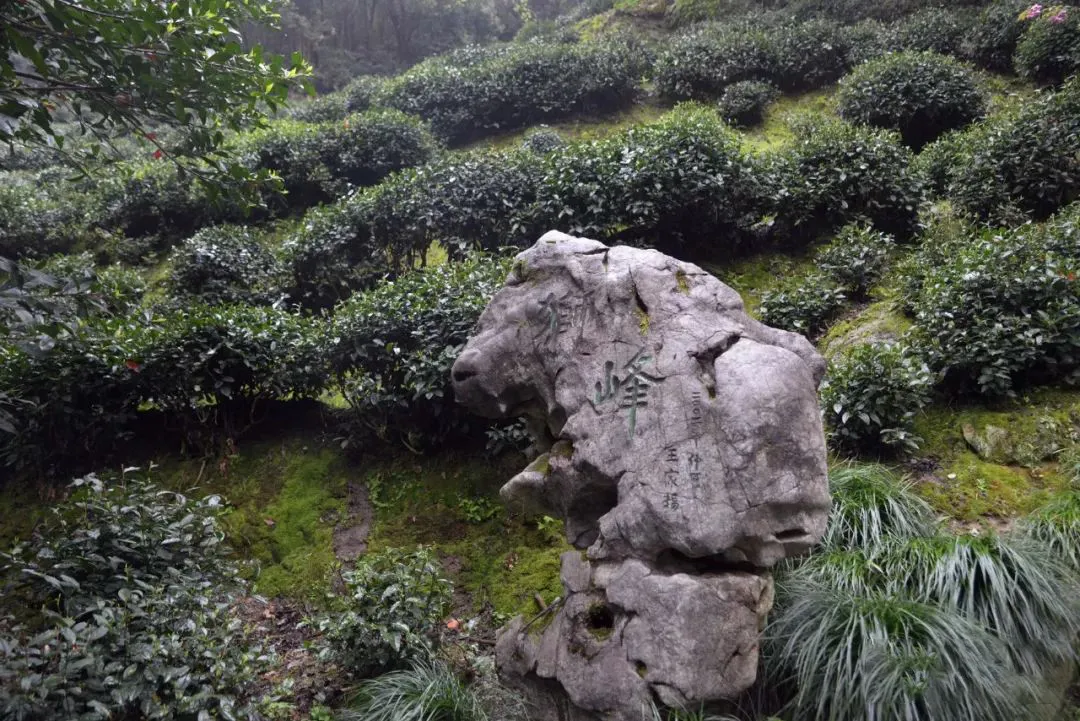
shifeng longjing tea mountains
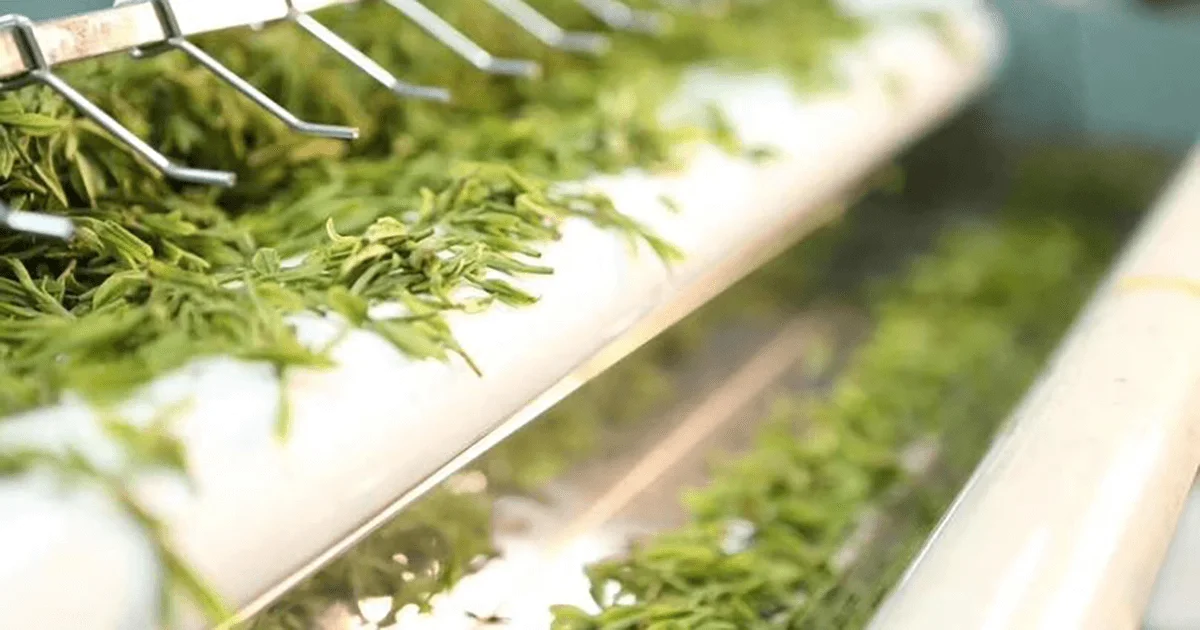
Mechanized Processing for Longjing Tea
Dragon Well Tea Story
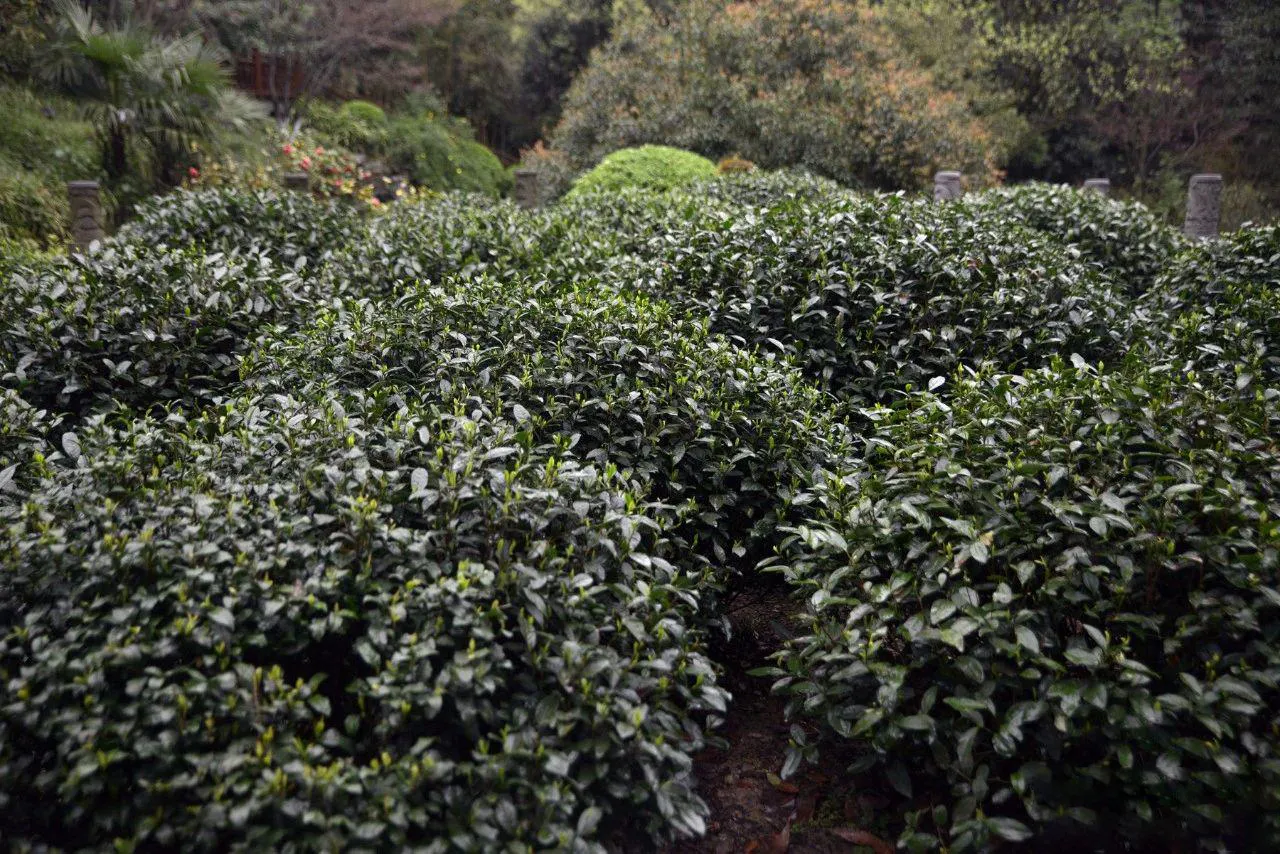
18 Tea Trees in the Imperial Tea Garden
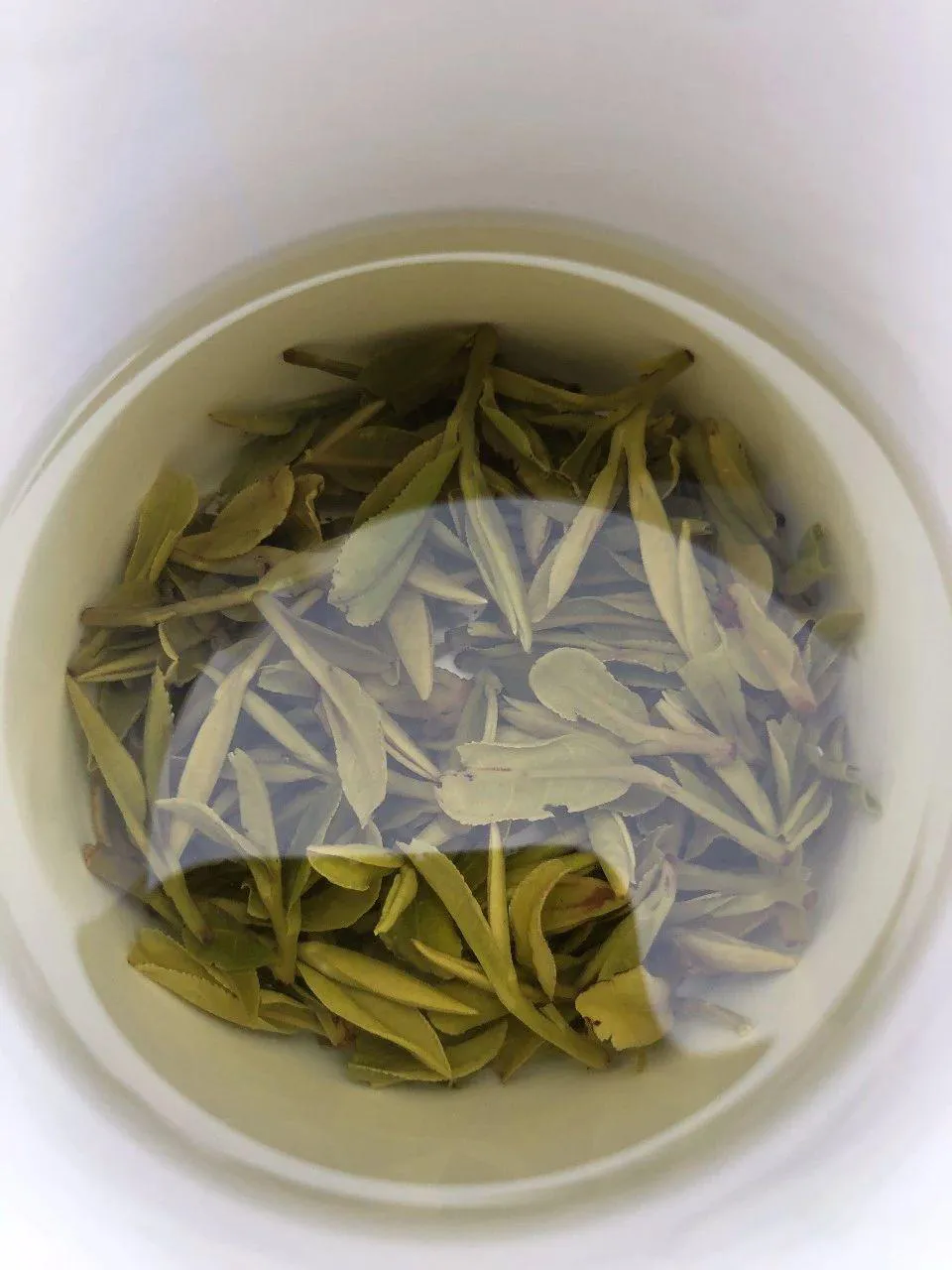
The leaves bottom of Shifeng Longjing tea
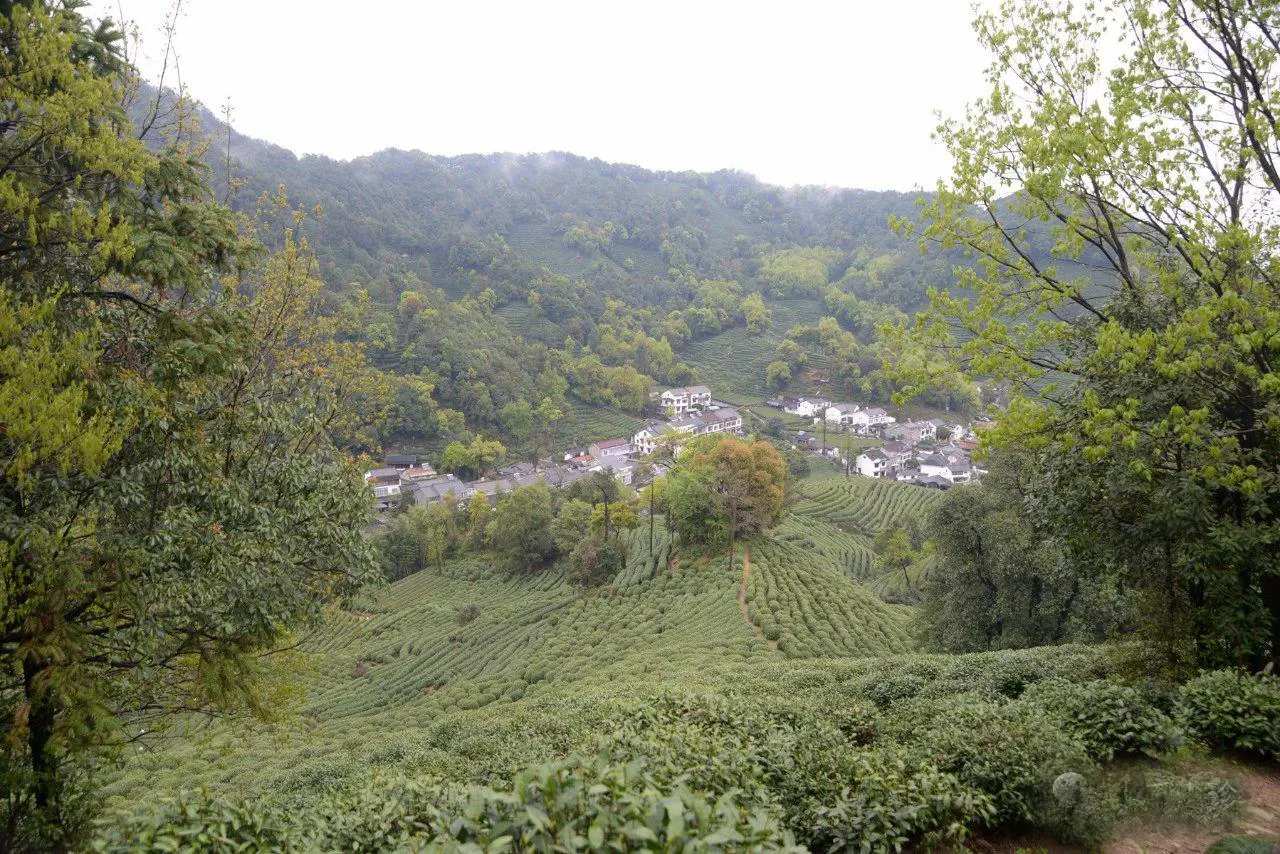
Longjing Village from Shifeng Mountain


